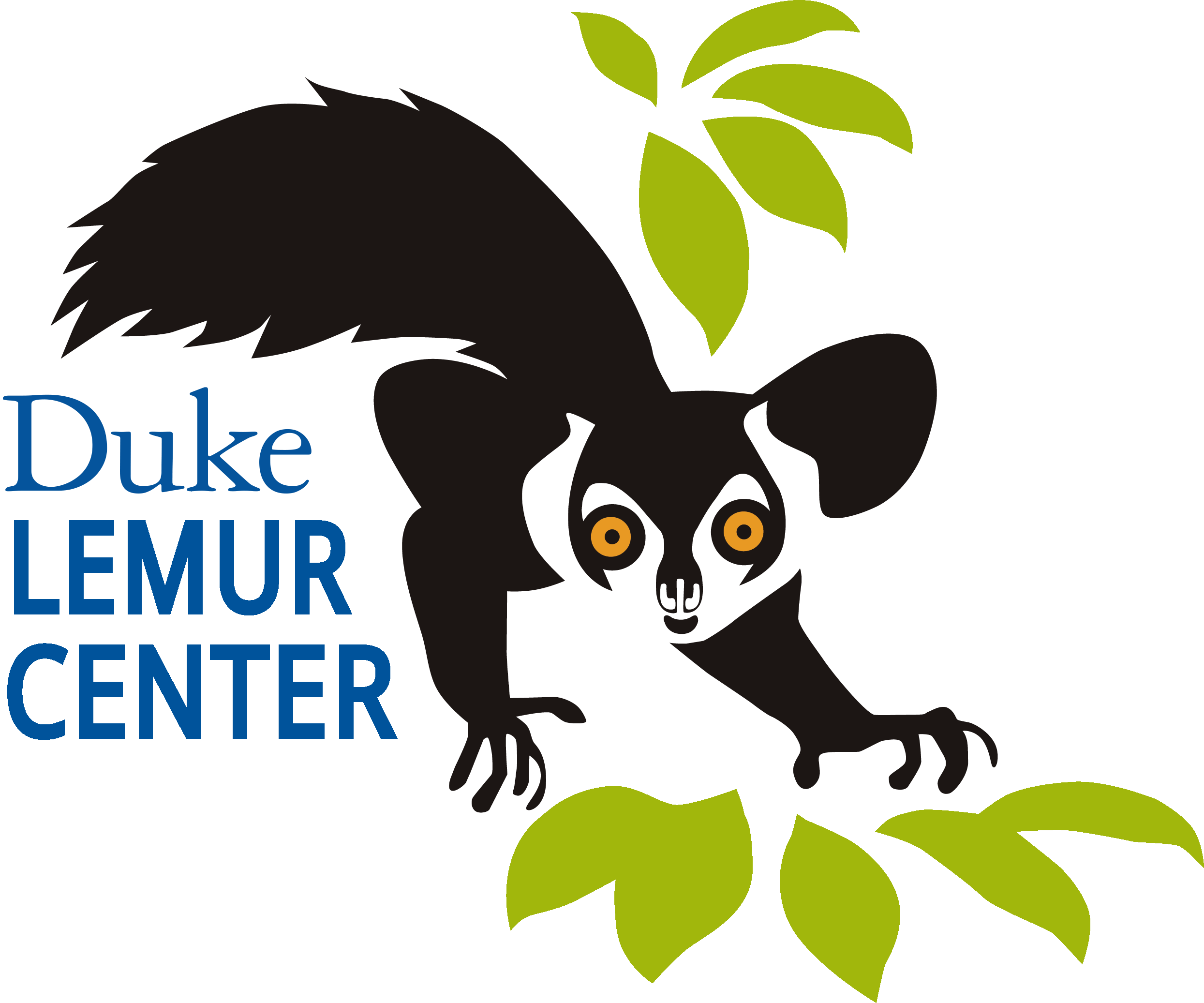By James Herrera, Ph.D, Director of Conservation at the Duke Lemur Center. Published November 25, 2025.
Madagascar’s lemurs—among the most endangered mammals on Earth—face two very different hunting pressures: subsistence hunting in rural communities and a growing urban luxury meat trade. Understanding this distinction is critical for designing effective conservation strategies.
Subsistence hunting occurs when rural families hunt wildlife to feed themselves. Research across Madagascar shows that poverty, poor health, and child malnutrition are the strongest predictors of lemur hunting in rural areas—not cultural preference or ignorance of laws. In fact, nearly all rural hunters know that lemur hunting is illegal, but when faced with hunger and few alternatives, they hunt anyway. A national-level assessment found that households near protected areas consume, on average, one lemur per year, with hunting pressure highest in the northeast. These findings underscore that conservation and public health are deeply intertwined: Improving rural welfare and food security is essential to reducing subsistence hunting.

Brown lemurs, like these black lemurs (Eulemur macaco), are among the most heavily trafficked lemurs. Photo courtesy of James Herrera.
In stark contrast, the urban lemur meat trade is driven by affluence, not poverty. A recent national study revealed that thousands of lemurs are sold annually in Madagascar’s cities, primarily through secretive, direct-to-consumer networks. Only 0.6% of restaurants serve lemur meat, but these establishments cater to wealthy elites who pay a premium for what they perceive as a rare, wild delicacy that conveys status and vitality. Lemur dishes are among the most expensive on the menu—three times the price of domestic meat—and are marketed as “natural”and “healthful.”
While lemurs make headlines, they represent a small fraction of urban wild meat sales; birds, especially endangered ducks, appear more frequently on menus. Still, the urban trade disproportionately targets large-bodied, threatened lemur species like ruffed lemurs and indri, often during critical breeding seasons, amplifying conservation risks.

A bamboo lemur being sold in an urban market. Photo provided anonymously, with permission.
How the Duke Lemur Center is making a difference
At the Duke Lemur Center, our research confirms the ubiquity of hunting: In nine rural communities we surveyed, 25–75% of interviews reported lemur hunting, and many school children admitted to hunting or keeping lemurs as pets. To address subsistence hunting, the DLC focuses on livelihood diversification: helping farmers improve poultry husbandry and fish farming to provide affordable protein and reduce reliance on wildlife. We also connect farmers to reliable markets, ensuring they can sell chickens and fish instead of resorting to hunting for income.
Tackling the urban trade requires similar systemic solutions: rural development that creates viable alternatives to resource extraction. Hunters involved in trafficking often describe the work as risky, exhausting, and barely profitable, and most would prefer other options if they existed.

The Duke Lemur Center has empowered more than 3,000 farmers to increase production and find markets for their produce, chickens, and fish. Photo courtesy of James Herrera.
Education and enforcement also matter. The DLC runs environmental education programs for all ages and urban outreach campaigns, including posters in restaurants and partnerships with hotel owners, to reinforce that lemurs should not be eaten. We empower local conservation committees and train community rangers, ensuring that law enforcement is locally led and benefits are shared.
Outreach events like celebrating World Lemur Day in cities also raise awareness about the importance of lemurs and interest in environmental conservation.
Ultimately, ending lemur hunting—whether for survival or luxury—requires a two-pronged approach: improving rural livelihoods and reducing urban demand. Without bold, integrated strategies, Madagascar’s iconic primates risk being eaten into extinction.
Read more about the DLC-SAVA Conservation program’s impact in the annual newsletters and visit the DLC-SAVA Conservation section of our website.
How you can help
The Duke Lemur Center’s community-based conservation programs in the SAVA region of northeastern Madagascar are funded entirely by donations from private individual and business donations, and grants from foundations. You can support our conservation impact through a donation to our Madagascar Programs Fund today! Please direct questions to our Development Director, Mary Paisley, at mary.paisley@duke.edu.
See related articles:
Borgerson et al. Lemurs in urban meat trade
Borgerson et al. National survey of lemur hunting
Borgerson et al. Who hunts and why?


